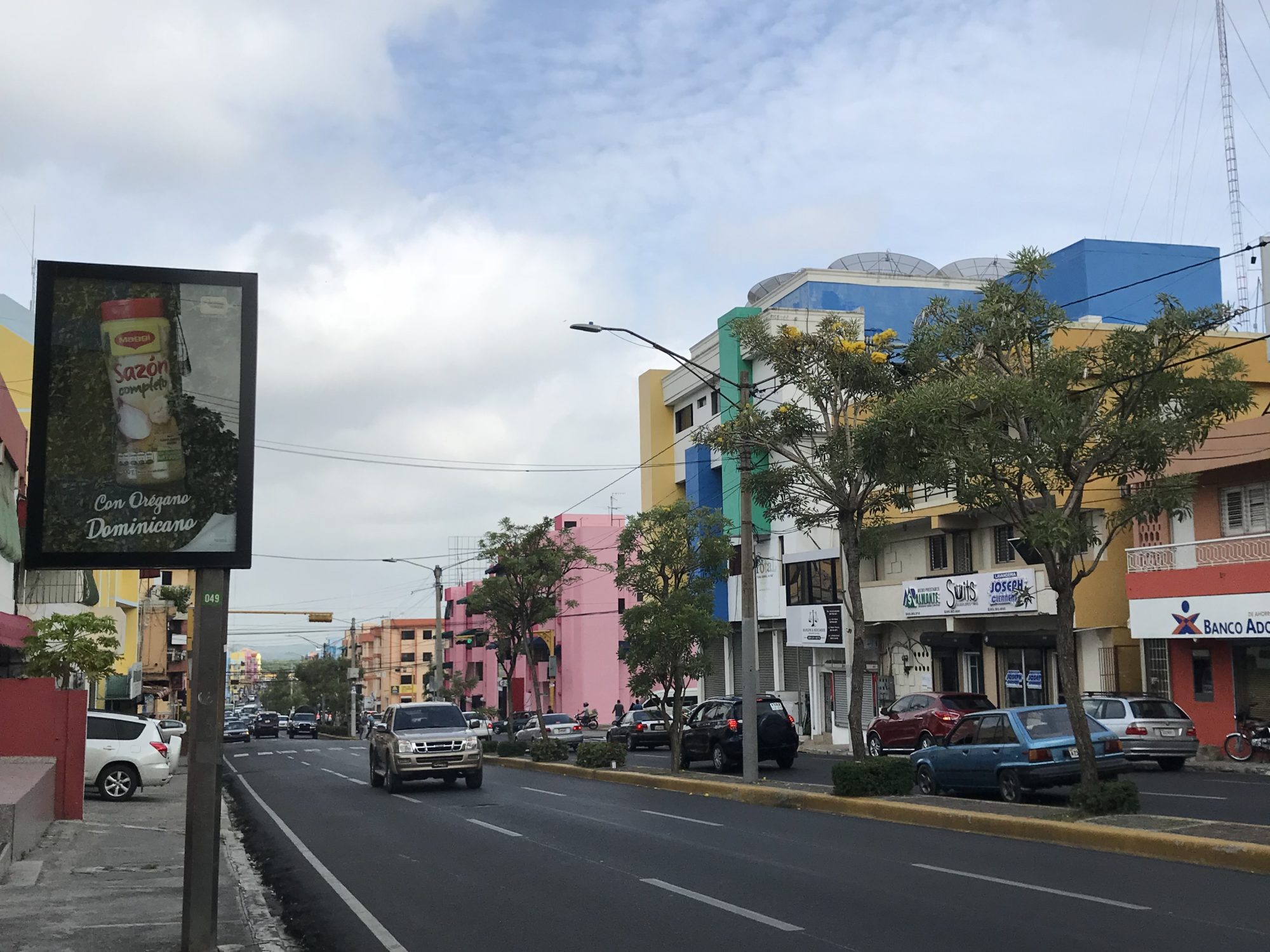Changemaker Catalyst Award recipient Deepika Rajkumar spent 9 weeks in the Dominican Republic with Engineering World Health during the summer of 2019 working as a biomedical technician in a hospital and learning about medical instrumentation in the developing world. Deepika is a Senior at Tulane University studying in Biomedical Engineering.

I first heard about Engineering World Health when one of my professors mentioned the company while talking about the intersection between biomedical engineering and global health. I was instantly intrigued and didn’t hesitate going on to their website to find out more. There, I came across their Summer Institute programs that they do in a few different countries and I knew it was the perfect opportunity for me to learn about medical technology in low-resource settings. I applied for the program and chose the Dominican Republic as my first-choice location because I wanted to practice my Spanish as well. I was ecstatic when I got the acceptance letter! Having grown up in different countries and studying abroad the previous semester, I couldn’t wait to learn about a new culture while also working as a hospital technician.

We spent the first month in Santiago taking Spanish classes and doing exercises pertaining to the technical skills we would need for the hospital work. We also got to know the city and culture by staying with host families and going on cultural trips. The second month, we worked as biomedical technicians at a public hospital every day, fixing all sorts of equipment including beds, incubators, centrifuges, dentist’s chairs, blood agitators, sphygmomanometers, and microscopes. At first, it was overwhelming to see how much broken equipment they had lying around and all the different problems these had, from mechanical to electrical to just user error. However, we found that our problem-solving skills improved very quickly, and by the end we were at the point where we could tell what was wrong with a bed just by listening to the sound it made! It was so rewarding to see equipment we fixed being used by the staff, and they always gave us big smiles or high-fives whenever they saw us around. Our other tasks included taking inventory and doing preventative maintenance of equipment.
We were also required to carry out a secondary project at the hospital as a part of the program. My group and I spent the first two weeks observing medical procedures and talking to hospital staff to identify a relevant need. We narrowed it down to patient restraints in the ICU- they were using cloth or gauze to tie patients to beds to restrict their movement to stop them from moving their tubes or injuring themselves. However, this method wasn’t the most comfortable for the patients and often resulted in bruising or even blockage of blood flow in their limbs. We wanted to make more comfortable restraints for them to use, and we used design inspiration from ones that they were already using in the hospital’s mental health ward. These had a larger surface area and long ties. We used material from old anti-bacterial curtains to create 48 new patient restraints, with help from the hospital’s sewing center. The nurses and doctors at the ICU were absolutely thrilled when we brought them the big, cloth-filled box, and we even got to see some patients use them.

Going in, I expected to learn about common issues with medical devices in low-resource settings and how to fix them. And I did- troubleshooting became natural to me and I still find myself trying to pick apart machines. But along with that I was exposed to so much more. There is so much cultural context that needs to be understood, from the politics behind how the government allocates money to the hospitals to how the slow pace of work such as construction affects the functioning of the hospital. Human factors come into play- we realized that they stopped keeping hand sanitizer dispensers outside of patient rooms because people, even employees, were stealing them. We got to see some not-so-glamorous things, like a surgical procedure without an anesthesiologist because he was out sick, screaming patients in the mental health ward, and a crying family (who had just lost their father in an accident) being treated rudely because they were Haitian.

This program has really opened my eyes to the differences between hospitals in the developed and developing world, and being immersed taught me how important it is for engineers to understand not only the medical problems present but also the people. I’m inspired to do more work in the field of global medical innovation, and am currently looking at Master’s programs and jobs in this area. I’ll also be taking more Spanish classes at Tulane since I am now encouraged to keep improving, and hope that I can work on projects related to Latin America again soon. Overall, I’m very thankful for the experience and how much it has taught me and has shaped my career goals.
Acknowledgements
- Dr. Katherine Raymond from Biomedical Engineering at Tulane for introducing me to the program
- Everyone at Engineering World Health who made the program possible
- Dr. Larry Fryda for teaching us everything about fixing equipment
- Laura Fernandez for being the best on-the-ground coordinator
- All of my friends from the program, in particular Kate Strachan and Nitali Arora for being the most supportive teammates
- Jesson Diaz and the ALPI school for being our Dominican support system
- My host family for being so welcoming
- The Taylor Center for their financial support
- The Honors Program for their financial support
- The Center for Academic Equity for their financial support
- Newcomb College Institute for their financial support
- My family for their encouragement from beginning to end
Contact Info
If you would like to reach me to find out more about this project, feel free to email me at drajkuma@tulane.edu
